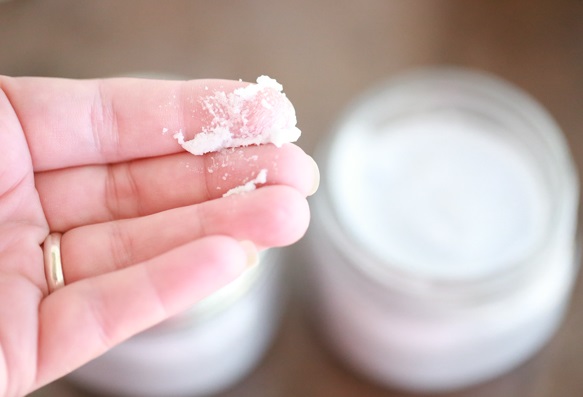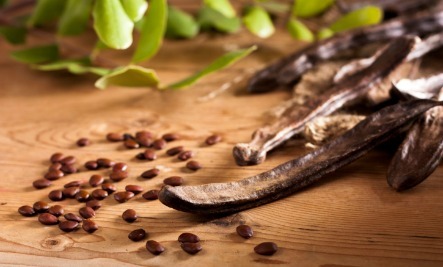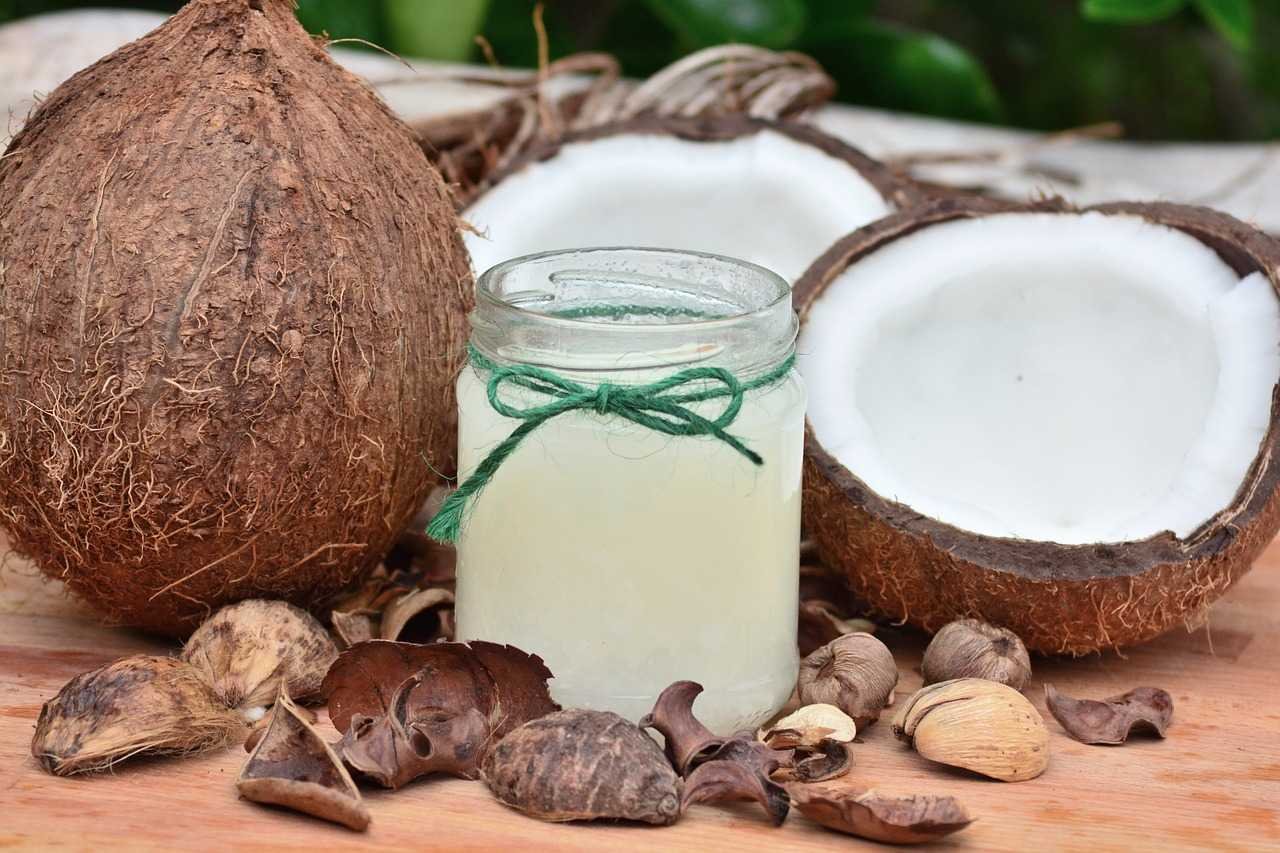Top 7 Ayurvedic Remedies for Fast Hair Growth
Fast Hair Growth called our crowning glory — a symbol of beauty, vitality, and health. But when hair thinning, slow growth, or excessive hair fall become a concern, it can be frustrating and even impact self-confidence. Modern solutions often involve chemicals and treatments that may offer quick fixes but come with side effects. Thankfully, Ayurveda … Read more








